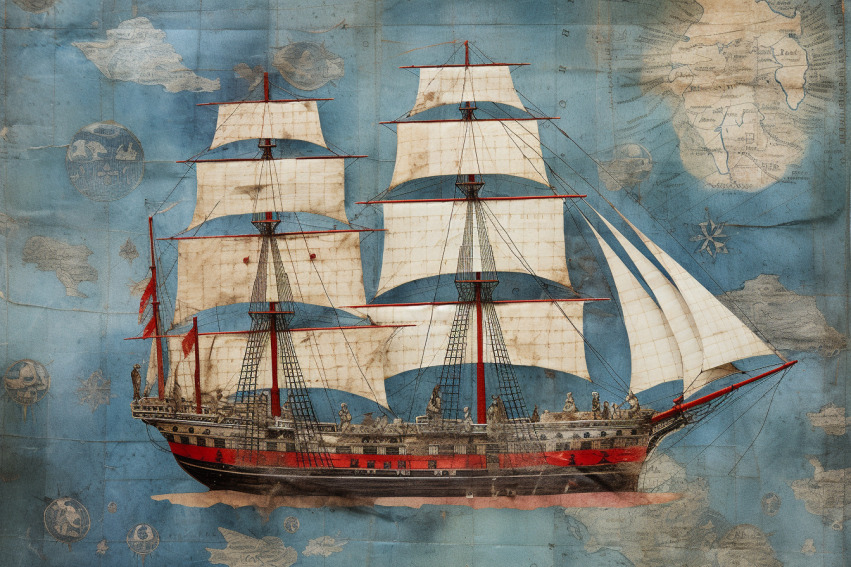You can find a PDF of this lesson plan here.
Featured article: Heroes of Progress, Pt. 9: Richard Cobden by Alexander C. R. Hammond
Warm-up
Have you ever heard of Richard Cobden? Probably not. Watch this short video about him from HumanProgress.org.
In partners, in small groups, or as a whole class, answer these questions:
- What was the prevailing economic system that Cobden was advocating against?
- Which powerful groups in Great Britain do you think were opposed to repealing the Corn Laws? Why do you think these groups were opposed to revoking them?
- What parallels do you see between the Corn Laws and tariffs on imported products today?
How much do you know about free trade? Why do most economists and policymakers think free trade is such a good thing? What are some of the downsides of free trade? Watch this video and then answer the following questions.
- How is free trade an extension of a free-market economy?
- Think about the many ways that free trade benefits consumers, companies, and the economies of entire countries. Complete the chart below.
| Aspect of free trade | How does this aspect of free trade benefit consumers, companies, and whole economies? |
| Comparative advantage | |
| Specialization | |
| Efficiency | |
| Economies of scale | |
| Competition |
- Now reflect on how free trade harms consumers, companies, and the economies of entire countries. Complete the chart below.
| Aspect of free trade | How does this aspect of free trade harm consumers, companies, and whole economies? |
| Dependency | |
| Overspecialization | |
| Dumping | |
| Race to the bottom | |
| Competition |
Questions for reading, writing, and discussion
Read the article, then answer the following questions:
- Think about context. What was going on in Britain in the early 19th century that allowed Richard Cobden to become rich in such a short time?
- Why is it significant that Cobden ended up in Manchester after he had made his fortune?
- What happened in 1840–1842 that convinced many people that the Corn Laws should be thrown out?
- Which socioeconomic group benefited the most from the repeal of the Corn Laws in 1846?
- What were the short- and long-term historical effects of the free trade agreement that Cobden negotiated with France?
Extension Activity/Homework
Take a Stand on Free Trade
First, read this 2016 article from Harvard Business Review about the history of free trade in the United States.
Then, imagine that you are running for senator of your state. As senator, you will be responsible for signing off on any trade treaty negotiated by the president. Your state has a large population and a diverse economy partly based on trade with other countries.
As senator, what will be your position on free trade? Do you think the benefits outweigh the costs? Why or why not?
Write a short essay for the voters of your state explaining your position on free trade. This essay will be published on the op-ed page of the most-read newspaper in your state. Remember that your opponent will refute your position, so include counterarguments and explain why they are wrong.
Analyze a Data Set and Graph
Visual literacy is the ability to create meaning from images. You will practice this skill by analyzing a data set about Trade and Globalization on the website Our World in Data. First, go to the page on Trade and Globalization. Choose one data set you are interested in and look at its accompanying image (e.g., graph, map, or table).
After examining the image and reading its description, answer the following questions:
- What information is being presented in the data set and graphic?
- What are the patterns of trendlines over time?
- What historical developments impacted this data? For example, on the data set showing European exports, there is a sharp dip in 1940–1945 due to World War II.
- How is this information important to our understanding of global trade?
- Why did you choose to analyze this particular information set?

